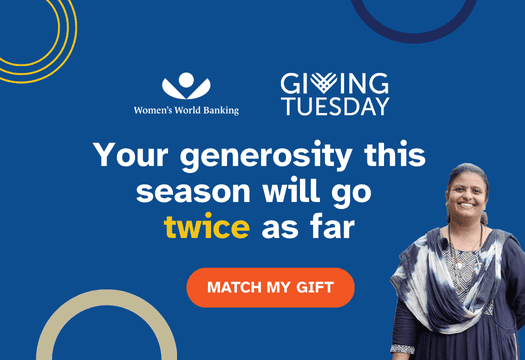This report highlights the critical role of women’s financial resilience in fostering their long-term financial empowerment. With a focus on rural women under the Pradhan Mantri Jan Dhan Yojana (PMJDY) scheme, the report underscores how microinsurance adoption is key to building financial security in India.
India’s Insurance Ambition: ‘Insurance for All’ by 2047
The Insurance Regulatory and Development Authority of India (IRDAI) has set a bold target: Insurance for All by 2047. This initiative aims to provide every citizen with access to life, health, and property insurance, ensuring businesses are adequately covered and making the insurance sector globally competitive. Significant strides have been made with the Jan Suraksha schemes under PMJDY, launched nearly a decade ago, reaching vast sections of the population. As of April 2023, 66.76% of PMJDY account holders are enrolled in accident insurance, 31% in life insurance, and 10% in micro-pensions. This widespread adoption signals considerable progress when compared to traditional retail insurance penetration rates.
Study Overview: Insurance Awareness Among Rural Women
The report surveyed 912 women PMJDY customers from four Indian states—Jharkhand, West Bengal, Assam, and Tamil Nadu. The primary aim was to assess rural women’s awareness of insurance products, identify the factors influencing their decision-making, and explore ways to improve their financial resilience through insurance.
Key findings revealed significant uptake of government-backed insurance schemes:
- 68% of respondents were enrolled in the Pradhan Mantri Suraksha Bima Yojana (PMSBY, accident insurance).
- 65% had coverage under both PMSBY and Pradhan Mantri Jeevan Jyoti Yojana (PMJJY, life insurance).
- 30% were covered under the Pradhan Mantri Jan Arogya Yojana (PMJAY, public health insurance).
Success Drivers of Jan Suraksha Schemes
- Affordability: Even among women earning less than INR 25,000 annually (approximately USD 300), 80% had enrolled in at least one insurance scheme.
- Ease of Access: Banking agents, or Business Correspondents (BCs), played a pivotal role, helping 72% of women enroll through simplified processes.
- Product Simplicity: 83% of respondents understood the concept of insurance, with an average usefulness rating of 7.7/10.
Banking agents were trusted facilitators, reaching 35% of women directly to educate them about insurance options. This highlights the importance of localized, trust-based channels in promoting financial products to rural women.
Vulnerabilities and Missed Opportunities
While adoption rates of the Jan Suraksha schemes have been commendable, rural women continue to face vulnerabilities, particularly in coping with income shocks due to health or climate-related crises. Approximately 56% of the surveyed women reported vulnerability to such shocks. Although 38% relied on bank savings for emergencies, these savings were often inadequate, leading 42% of women to resort to borrowing to cover larger financial needs.
Despite the high enrollment in microinsurance, only 2% of women who experienced income shocks used their insurance coverage to recover. This suggests a gap in awareness, policy relevance, and effective claims processing. It also presents a significant opportunity for insurers to develop products tailored to rural women’s unique risks and needs.
Recommendations for Strengthening Microinsurance for Women
- Develop Relevant Products: Introduce microinsurance products that address local risks, such as health emergencies and climate-related damages. Tailored solutions for business and property protection are especially important for women in rural areas.
- Leverage Business Correspondents and Bima Vaahaks: BCs have been instrumental in driving insurance uptake. Expanding their role in promoting additional products through gender-intentional outreach can enhance insurance penetration. Alternate channels like Bima Vaahaks can deepen rural distribution, helping to reach underserved women customers.
- Make Distribution Channels Gender-Intentional: Recruiting more women agents and simplifying the process for them to become insurance distributors will make the industry more inclusive. Additionally, training BCs in gender sensitivity will ensure they better understand and cater to women’s needs, further improving trust and engagement.
- Increase Awareness and Support on Claims Processing: Many women are unaware of their insurance rights and find claims processes challenging. A more accessible claims ecosystem—where BCs assist rural women in filing claims—will improve their ability to utilize insurance for resilience.
- Reduce Taxes on Microinsurance: Lowering taxes on microinsurance products will create a more competitive market, encouraging insurers to serve last-mile customers and contribute to higher insurance adoption rates.
Building Resilience Through Insurance
This report makes it clear that while there has been notable progress in insurance adoption among rural women, much more can be done to enhance financial resilience. Developing relevant products, strengthening gender-intentional distribution channels, and increasing awareness around claims are critical steps toward achieving financial empowerment for women.




